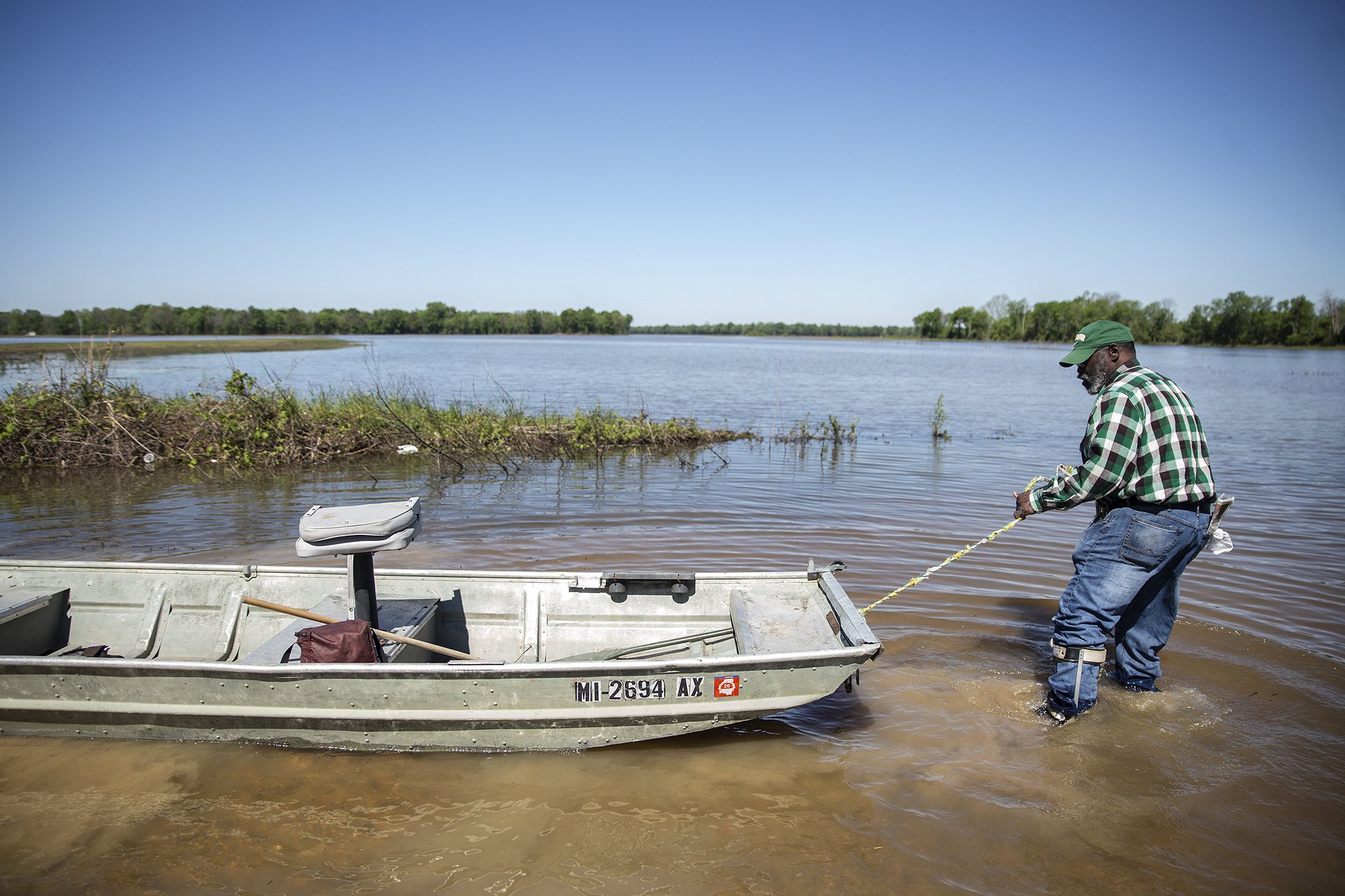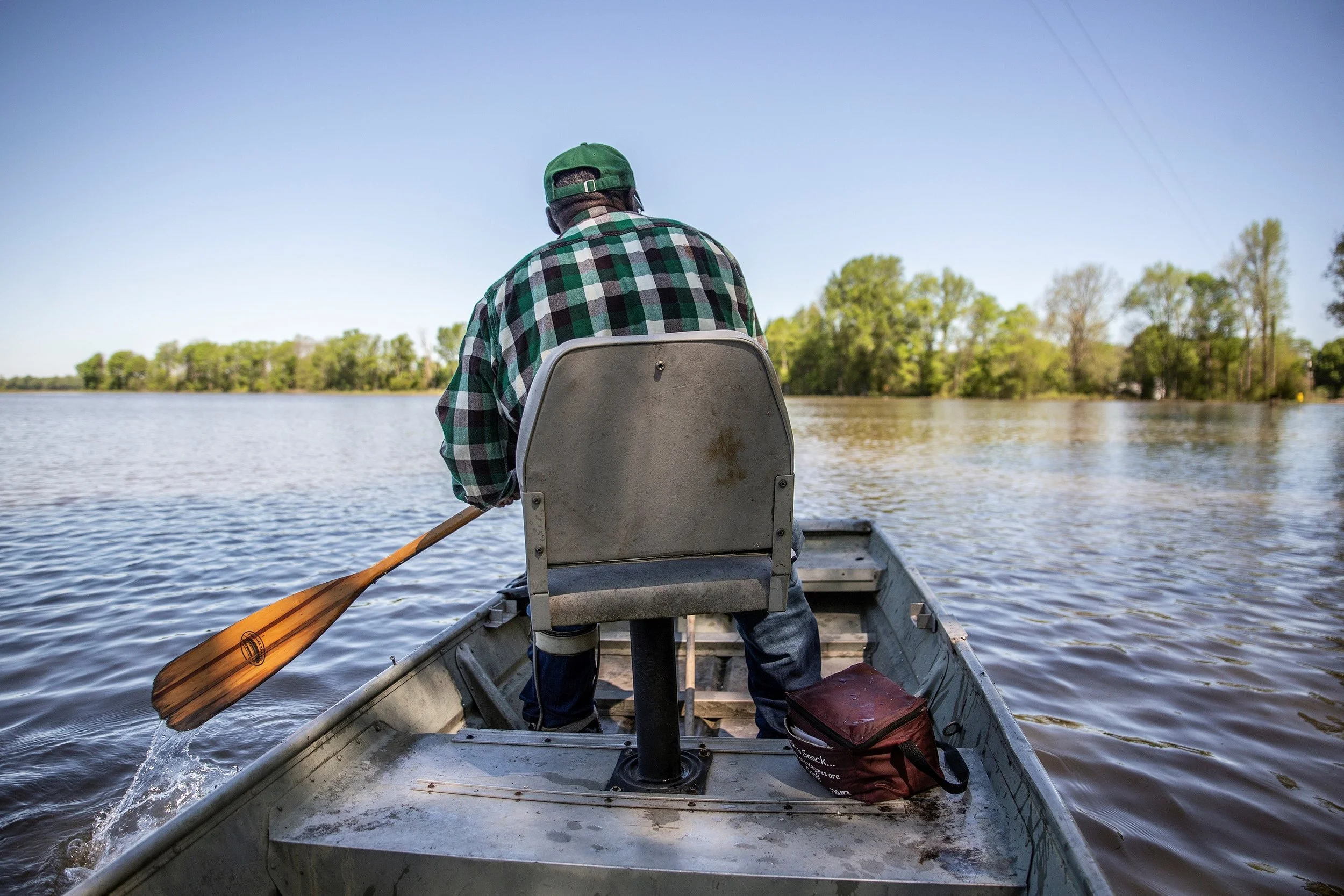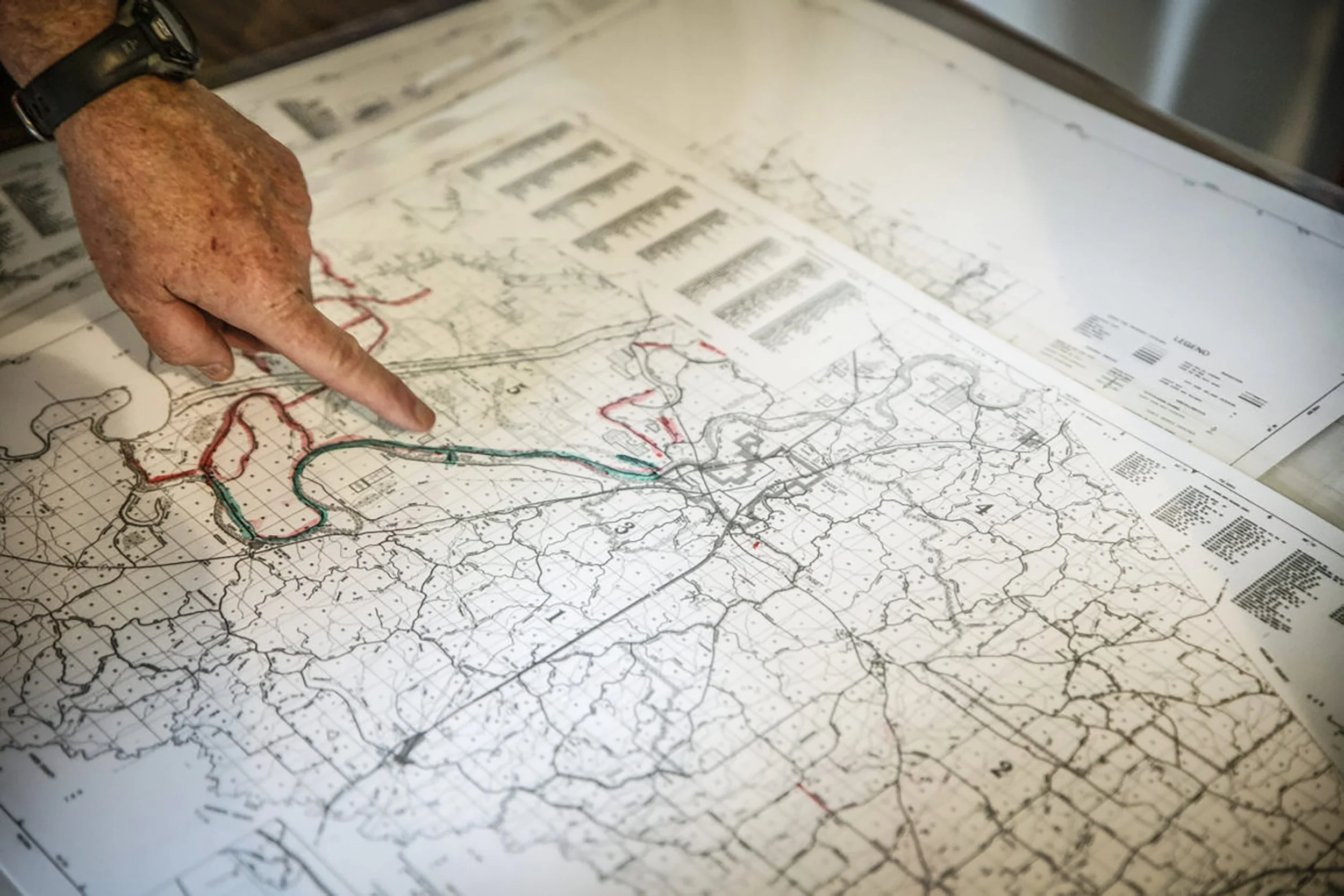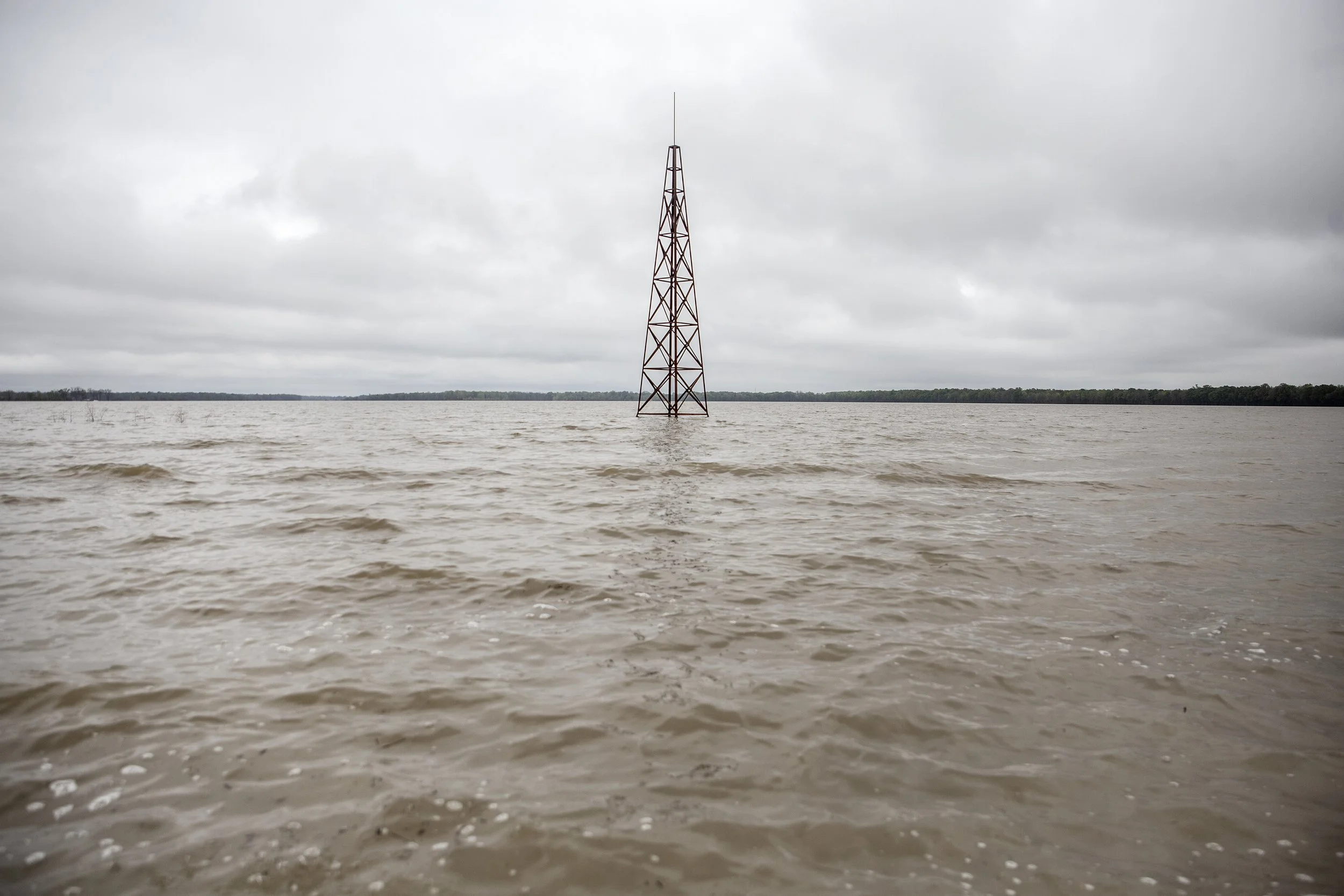In 2019, the Mississippi Delta was swallowed by floodwaters in one of the worst disasters the region had seen in decades. More than half a million acres of land lay submerged, including vast stretches of farmland that had sustained families for generations. The water rose slowly but relentlessly, drowning homes, churches, and livelihoods in its wake. In Tchula, Mississippi, the flood’s grip was especially cruel. Tchula Lake swelled beyond its banks, forcing residents to flee as the water crept through doorways and over fields, leaving them stranded, displaced, or returning only to ruins.
The flood did not simply wash away crops and possessions—it deepened an already entrenched struggle. Tchula, one of the poorest towns in the state, was left to fight for recovery in a system that had long overlooked its needs. Farmers lost entire seasons, with no soil left to till beneath the murky floodplain. Families waited for relief that came too slowly, if at all. And as officials debated the long-stalled Yazoo Pumps project—an unfinished flood control measure that many believed could have prevented the catastrophe—residents bore the weight of yet another disaster they were expected to endure.
The images in this collection tell the story of what was lost and what remains. A church surrounded by water, its steeple rising defiantly above the flood. Anderson Jones, navigating his own home by boat, his injured legs a testament to the hardships of survival. A woman in Tchula, grief etched across her face, standing before a drowned world. Politicians spoke at press conferences, their words promising solutions, but the people of the Delta had heard such promises before. The floodwaters eventually receded, but the scars—on the land, on the people, on the very foundation of these communities—still linger. This is the story of the 2019 Mississippi Delta Flood, told through the eyes of those who lived it.













